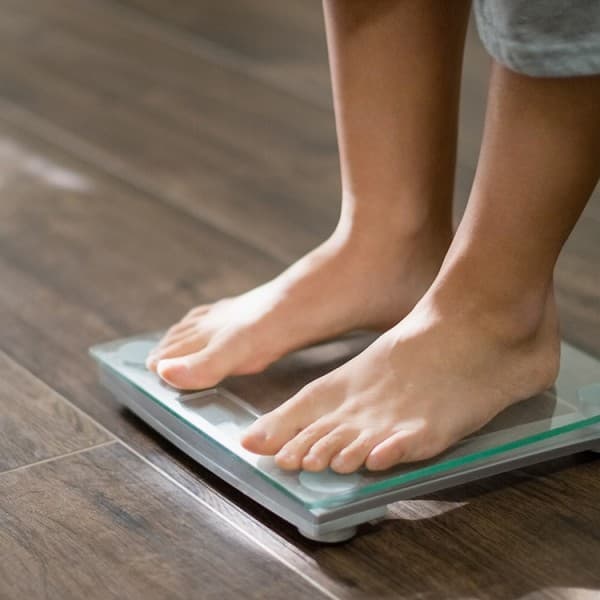Respiratory problems to look out for with AFib
Palpitations, a rapid heartbeat, and a flutter in the chest might be the most common symptoms of AFib, but they aren’t the only signs that your heart rhythm is off.
Your heart works in tandem with other systems in your body, including your respiratory system. Sometimes AFib impacts breathing; the symptoms can be mild, but they can also be prominent and unsettling. Learn how AFib can affect the lungs, and what you can do to ease the discomfort.
How your heart can leave you breathless
AFib symptoms can differ from person to person, but whatever form they take, they can be frightening. That’s especially true when a quivering heart muscle allows blood to get stuck in the heart, leaving you short of breath.
Not everyone with AFib will feel changes in their breathing. Respiratory problems often come when AFib has been left unattended for long enough to cause significant blood backup.
Atrial kick.
AFib leads to a loss of
“atrial kick”, which results in a 30% loss of output from the heart
. In turn, your organs tell the brain to send more oxygen, and the brain instructs the lungs to work harder. This manifests as heavier, faster breathing – it’s an involuntary response to oxygen-starved tissues.
Fluid buildup.
A rapidly beating heart won’t be able to pump blood into the body as well as it should, causing blood to gather in the pulmonary veins (which lead from the lungs to the heart). When blood doesn’t move freely between the lungs and heart, fluid can build up in the lungs.
Fluid in the lungs is often a sign that AFib has advanced so much that it’s led to heart failure. At this point, breathing can become labored because your lungs can’t bring in or move out oxygen easily. And without a steady supply of oxygen, your muscles and organs will start to feel the fatiguing effects, too.






%2F1_HowCanTheMazeProcedureRelieveAFib_2024-01-08-201903_qefy-hero-sm.jpg&w=3840&q=75)
